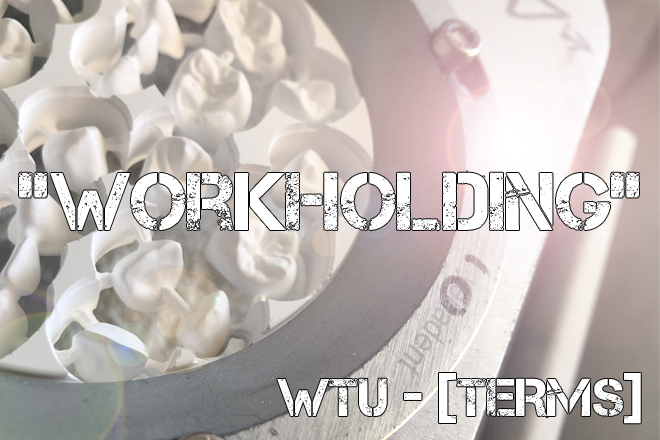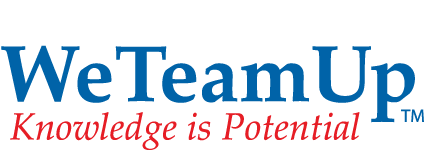
[wurk-hohl-ding]
What is “Workholding”?
Workholding is a term used in industrial machining to refer to an apparatus or device that holds the workpiece during machining. Its job is to securely and rigidly hold the material in place. We have workholding in dental, but most of it is figured out beforehand by your machine supplier or reseller. This includes any number of pre-made brackets or jigs that hold our pucks, blocks, and blanks.
Interesting Details about Workholding:
Rigidity is Key
The rigidity of a machine’s workholding setup is key to milling speed and accuracy. The higher the rigidity, the less the material can deflect when it’s under a milling load. Rigid setups allow the machine to mill faster and more accurately than a comparatively less rigid setup. The goal of any workholding device is to maximize rigidity while maintaining access for the machine tool to machine the part. This is a trade-off from an engineering standpoint. Most dental milling machines have managed to achieve a good balance between rigidity and material access.
It is Technique Sensitive
Like anything else in the lab, the way you work with your workholding setup is sensitive to technique. Uninformed users can easily cause adverse milling results Here are some common ones:
- Alignment: You must align your material to the workholding the same way every time. If you don’t, you will mill your unit in an area that you didn’t mean to. This can cause material waste and badly milled units. Most milling systems have a suggested method to keep track of material alignment, it’s just an easy one to forget!
- Torque: Nearly all the milling machines on the market require the user to tighten screws to operate the workholding setup. It is imperative to tighten the work holding hardware correctly. If it is over-tightened or unevenly tightened, you can damage your material. If it is under-tightened, the material might move during milling. This will cause a complete failure of the mill job and most likely a broken tool or two.
Thanks for reading! We hope this break down of the term “Workholding” has been of value. Stay tuned next week for another post like this!
Check out the growing list of WeTeamUp Terms posts HERE

